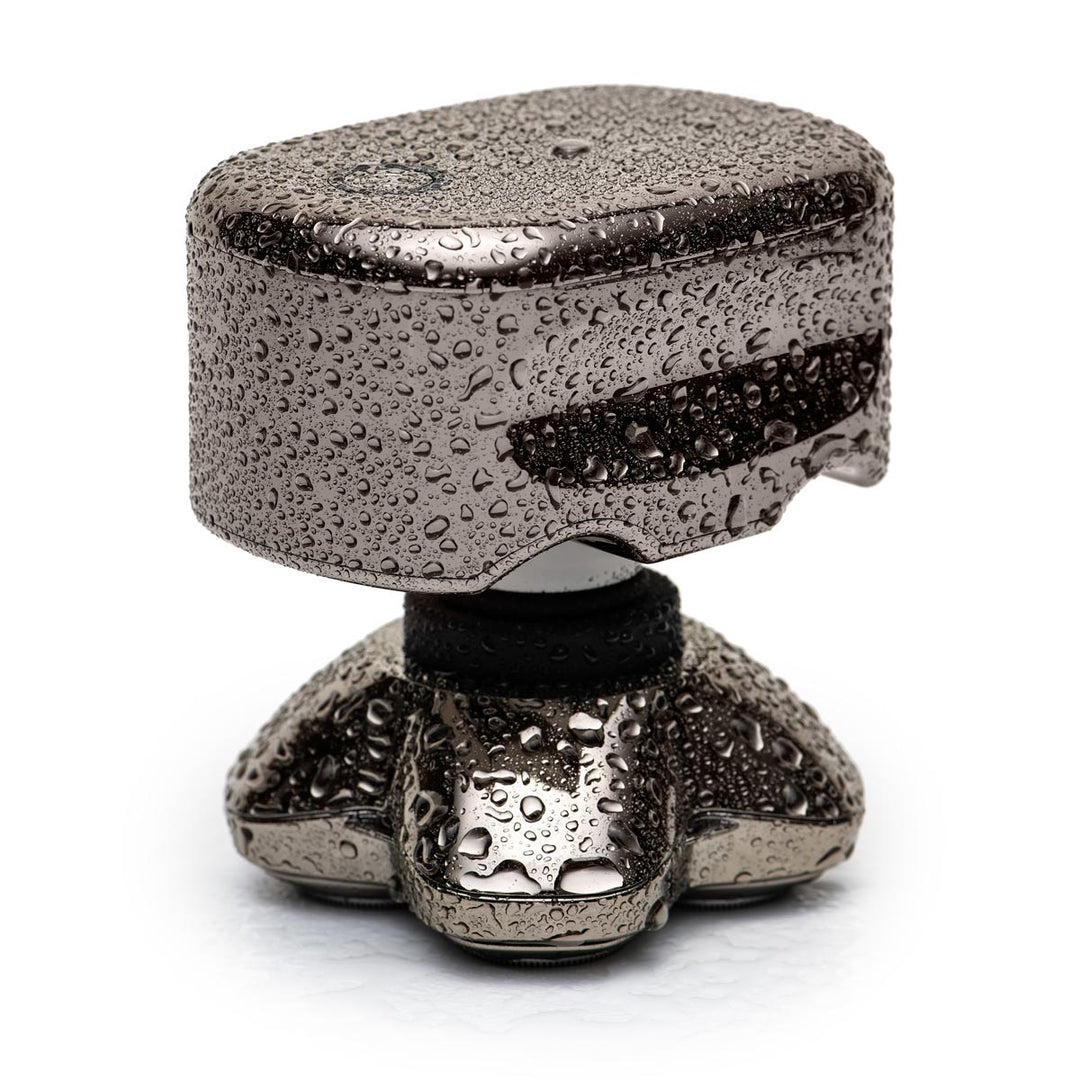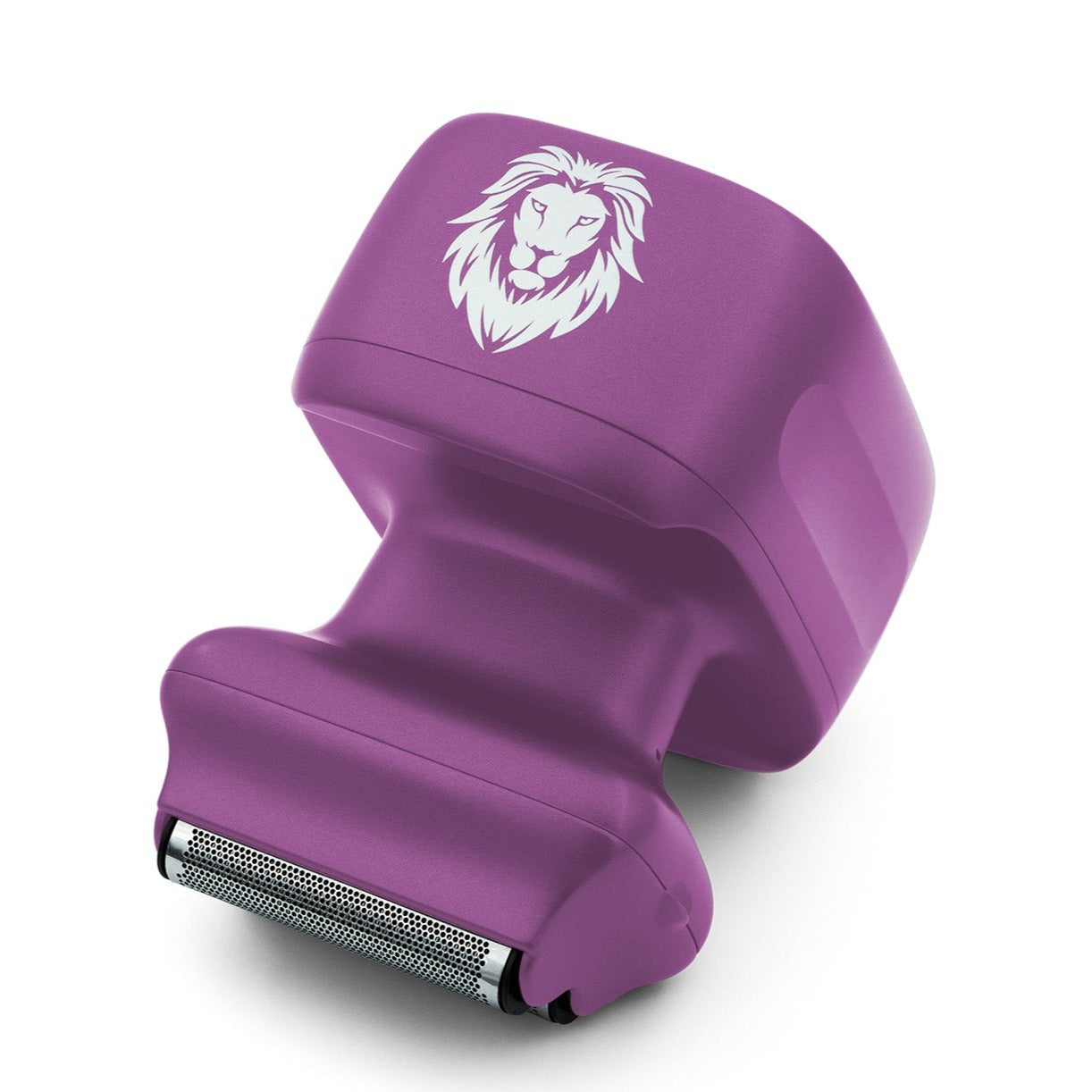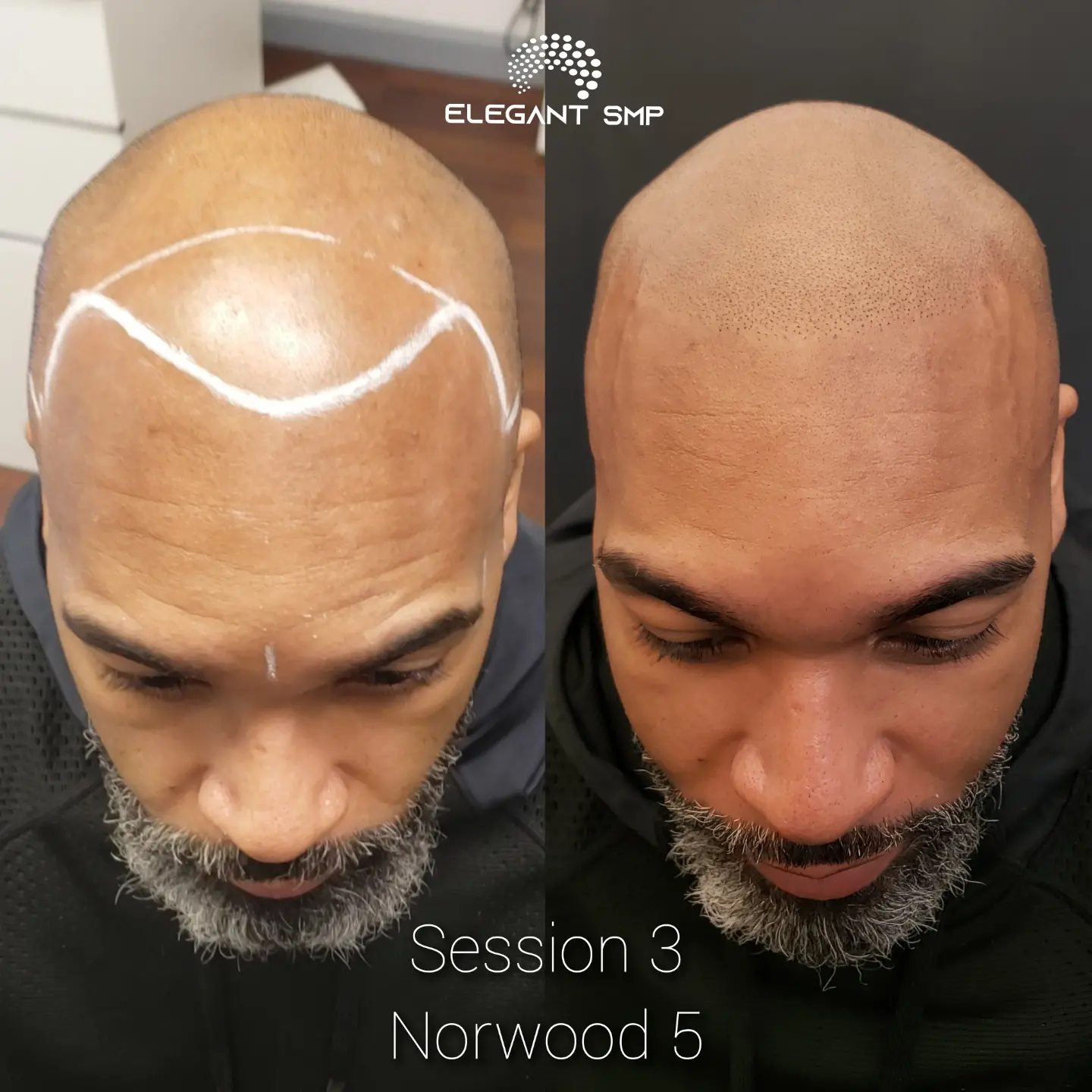Alopecia areata, an autoimmune condition that leads to hair loss on the scalp, can be a challenging experience for those affected. At Elegant SMP, we understand the frustrations and concerns associated with this condition. In this article, we will provide valuable insights on managing and preventing further hair loss caused by alopecia areata. By avoiding certain triggers and implementing healthy habits, you can take control of your condition and improve your overall well-being. Let’s explore the top things to avoid when dealing with alopecia areata.
Table of Contents

Understanding Alopecia Areata
Before we delve into the details of what to avoid, let's first understand what alopecia areata is. Alopecia areata is an autoimmune condition characterized by unpredictable hair loss on the scalp. It can manifest as bald spots, thinning hair, itching, scarring, and even fatigue in some cases. This condition occurs when the immune system mistakenly attacks the hair follicles, resulting in hair loss. Although the exact cause of alopecia areata is still unknown, factors such as genetics, hormonal imbalances, and environmental triggers are believed to play a role.
Top 6 Things to Avoid with Alopecia Areata
When managing alopecia areata, there are certain things you should avoid to prevent further hair loss. By following these guidelines, you can create a conducive environment for your hair to grow and minimize the impact of this autoimmune condition. Let's take a closer look at the six key things to avoid:
Stress: Stress is a known contributor to alopecia areata. It can trigger an immune response that disrupts the normal hair growth cycle, leading to inflammation and hair loss. Therefore, it is imperative to find healthy ways to manage stress. Incorporating relaxation techniques such as meditation, yoga, or engaging in activities you enjoy can help reduce stress levels.
Harsh Chemicals and Hair Products: Using harsh chemicals and products on your hair can irritate the scalp and hinder hair growth. It is recommended to opt for gentle, sulfate-free shampoos and conditioners specifically formulated for sensitive scalps. These products can help reduce inflammation and provide a healthier environment for your hair to thrive.
Scalp Massage: While a gentle scalp massage can promote blood circulation and relaxation, vigorous scalp massage can damage hair follicles. Excessive pressure and friction can potentially lead to scarring and further hair loss. Instead, use a comb or brush with soft bristles to keep your hair smooth and detangled.
Plucking or Pulling Hair: Plucking or pulling hair can aggravate alopecia areata. It causes unnecessary stress and strain on the already compromised hair follicles, leading to additional hair loss. Avoid plucking or pulling hair, including eyebrow plucking, as it can contribute to the progression of this condition.
Protect from Sun Exposure: Excessive sun exposure can worsen the symptoms of alopecia areata, particularly in individuals with darker skin tones. UV rays can damage the scalp and disrupt the hair growth cycle. To protect your scalp, wear a hat or use sunscreen specifically formulated for the scalp when spending time outdoors.
Avoid Tight Hairstyles: Hairstyles that exert excessive tension, such as tight ponytails, braids, or buns, can cause traction alopecia. Traction alopecia is a type of hair loss resulting from prolonged and repetitive pulling on the hair. Opt for looser hairstyles that minimize tension and allow your hair to grow and breathe.
By being aware of these six key factors to avoid, you can take proactive steps to minimize hair loss and promote a healthier scalp.
Dietary Considerations for Alopecia Areata
In addition to avoiding triggers externally, making dietary adjustments can contribute to managing alopecia areata. A balanced and nutrient-rich diet can support overall hair health and minimize the impact of autoimmune conditions. Here are some dietary considerations to keep in mind:
Include Fruits and Vegetables: Consuming a variety of fruits and vegetables provides essential vitamins and minerals that promote hair health. Include leafy greens, berries, citrus fruits, and other colorful produce to ensure a balanced intake of nutrients.
Incorporate Protein-Rich Foods: Protein is an essential component for hair growth. Include lean sources of protein such as poultry, fish, eggs, legumes, and dairy products in your diet. Additionally, plant-based protein sources like quinoa, tofu, and tempeh can be excellent options for vegetarians and vegans.
Omega-3 Fatty Acids: Omega-3 fatty acids are known for their anti-inflammatory properties and can contribute to a healthier scalp. Include sources such as fatty fish (salmon, mackerel, and sardines), flaxseed, walnuts, and chia seeds in your diet.
Consider Supplements: In consultation with a healthcare professional, you may consider taking specific supplements, such as biotin or vitamin D, to support hair health. However, it is important to note that optimal nutrient intake should primarily come from a well-rounded diet.
Frequently Asked Questions about Alopecia Areata
To further address common concerns and questions regarding alopecia areata, here are some frequently asked questions:
What type of diet should I follow if I have alopecia areata? While there is no specific diet that can cure alopecia areata, a balanced and nutrient-rich diet is important. Aim for a varied intake of fruits, vegetables, lean proteins, and healthy fats to support overall health and hair growth.
Can certain foods trigger alopecia areata flare-ups? The exact role of diet in triggering alopecia areata flare-ups is still not fully understood. However, it may be worth monitoring your own response to certain foods and identifying any potential triggers that exacerbate your symptoms.
What treatments are available for alopecia areata? There are various treatments available to help manage alopecia areata, including topical medications, injections, light therapy, and even scalp micropigmentation (SMP). Consult with a dermatologist or trichologist to determine the most suitable treatment option for your specific needs.
Can scalp micropigmentation (SMP) help with the appearance of hair loss caused by alopecia areata? Scalp micropigmentation is a non-invasive cosmetic procedure that can help create the appearance of a fuller head of hair. It involves the application of pigments to the scalp, mimicking the appearance of hair follicles. SMP can be a viable option for those seeking to camouflage areas of hair loss caused by alopecia areata.
Conclusion
While managing alopecia areata may present its challenges, implementing healthy habits and avoiding triggers can significantly improve your condition. At Elegant SMP, we are dedicated to educating our visitors about hair loss and providing the best scalp micropigmentation service, to help our clients regain their confidence and showcase a natural-looking hairline. If you or someone you know is dealing with alopecia areata, do not hesitate to reach out to us. We are here to guide and support you on your journey to managing and overcoming alopecia areata. Remember, you have the power to take control and embrace your unique beauty.













